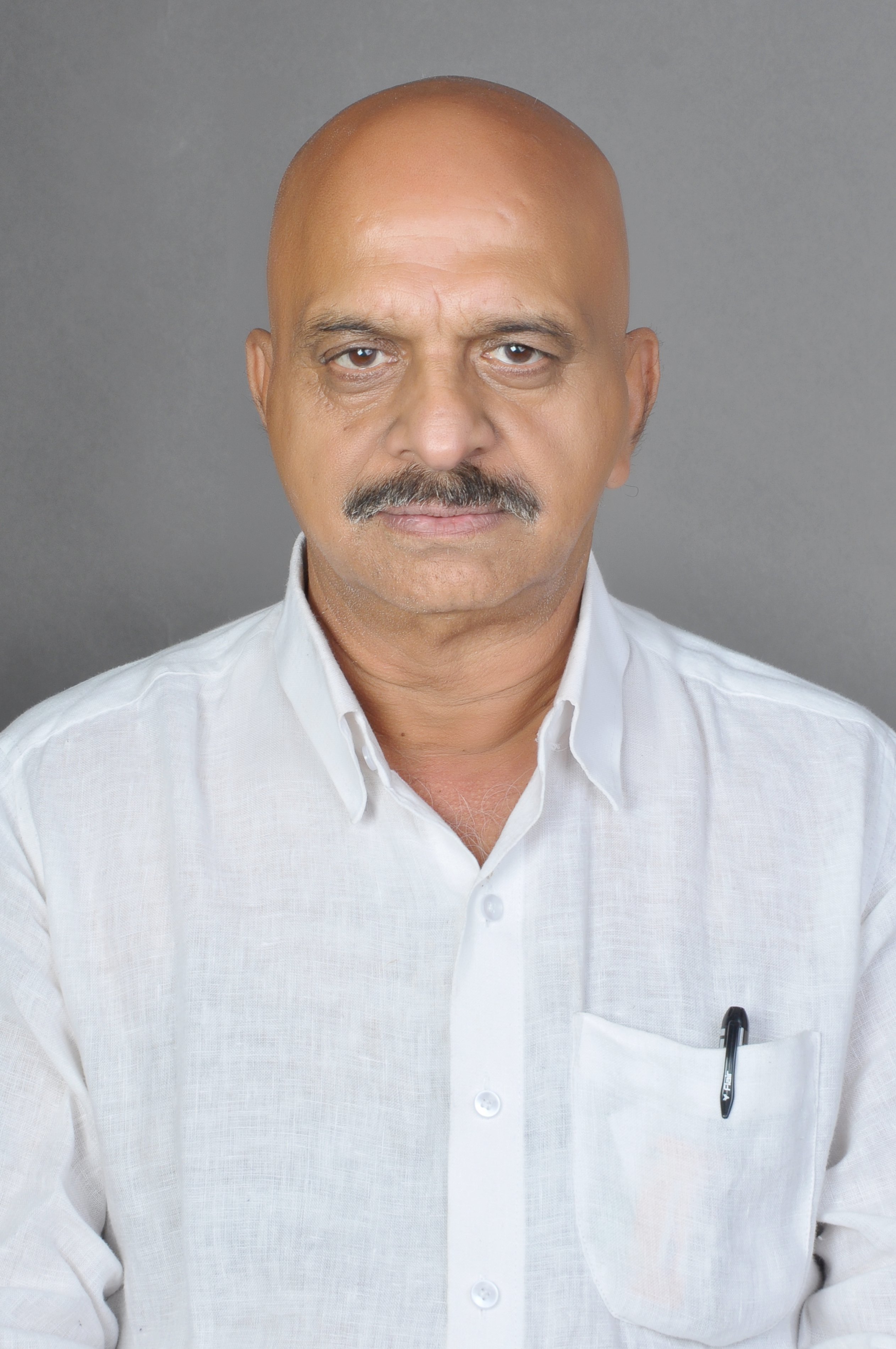Under the Insolvency and Bankruptcy Code, 2016 various provisions have been made for insolvency of individuals besides corporates. One of the methods for resolving the insolvency of individuals is “The fresh start process”. This is applicable for individuals and partnership firms. These provisions though not notified yet have been framed to give debtors with comparatively smaller debts the chance to discharge their debts, and start afresh without any liabilities.
The salient features of Fresh Start Process are:
1. The process will not apply to secured debts, to ensure that the secured creditors continue to remain protected.
2. Secondly, to be eligible to avail of this process, there are a number of criteria regarding the debt and assets of the debtor that will need to be fulfilled. These are
a). The debtor can only have a maximum gross annual income of INR 60,000,
b). The maximum value of assets should not exceed Rs.20, 000.
c). The value of the debt qualifying for the fresh start cannot exceed INR 35,000.
If all the conditions under the Code are met, an application may be submitted either by the debtor himself/herself or by a resolution professional (an “RP”) on behalf of the debtor.
Pursuant to this, the Code provides for an evaluation of the application by a Resolution Professional, This has to be followed by a decision on its acceptance or rejection by the Debt Recovery Tribunal (the “DRT”) within 14 days of receiving the Resolution Professional’s recommendations on the application.
In case the application is accepted by the DRT, the Code provides for legal protection from both current and future legal proceedings against the applicant/debtor, for a period of 180 days from the date of admission of the application. However, importantly, the Code provides the creditors in such situations with a right to object to any of the facts/grounds listed in an accepted application for a fresh start. Such objections shall be submitted by creditors to the RP, who then evaluates the accuracy and importance of such objections. In general, the RP will act as the main point of communication between the parties involved (the creditors/debtors) and the DRT. In case the RP is made aware of a change in financial circumstances, a previous malafide representation or omission by the debtor, or any other situation which could make the DRT change its decision on whether to accept or reject the initial application, it is the RP’s duty to ensure that the DRT is informed of the relevant change.
Finally, after the RP has reviewed all the qualifying debts and made a final list of these, the DRT may pass an order to discharge the debtor from all of his/her obligation with respect to these debts.
The above provisions though not notified yet are not applicable for insolvency of individuals till now. However the amounts of the limits provided above are too small looking to the present day conditions. These limits need to be reviewed before notification so as to provide relief to the small business man as it is very difficult that any businessman in the present day circumstances would have annual income of Rs.60000/- and also would have maximum values of assets of Rs.20000/- only If at all one would be earning this meager amount and would have such a small amount invested in assets would not be in a position to even afford a resolution professional.
The lawmakers should consider enhancement of these values of income and assets so that most of the individuals having financial troubles can avail of the provisions of Insolvency and Bankruptcy Code 2016.
(Article is written by Dr. Kishore Kumar Pahuja, Chartered Accountant)





